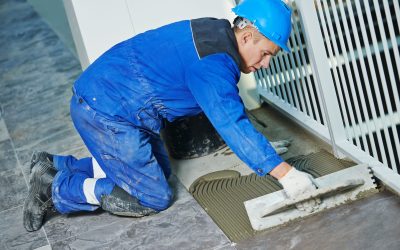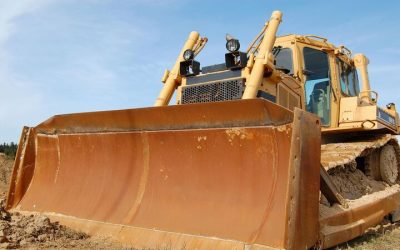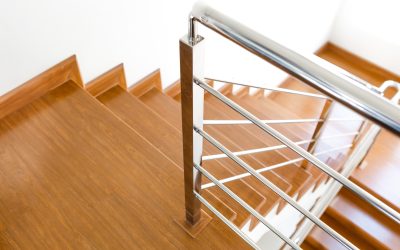If all the detritus from structure demolition was to end up in a landfill, we would need to cope with about 50 million tonnes of it. Over and above being a haven for disease carrying rodents and flies, landfills reduce the amount of natural habitat that we have left, and its shrinking enough as it is.
Long before the wrecking ball smashes into the building, consideration should be given to salvaging all the materials that can be reused or recycled. Salvage and reclamation Stockport will tell you those doors, windows, woodwork, all the fixtures and much of the architectural accents can be stripped out, sold and re-used.
Deconstruction of a building can be tedious but at the same time, it can be rewarding. When a home is deconstructed about 90% of the materials are candidates for recycling. Deconstruction costs more than demolition but the payback comes with the resale of the salvaged elements and in turn of the century properties, it comes from saving artefacts that otherwise may never be seen again.
There is more to salvage and reclamation in Stockport than meets the eye. Sure, deconstruction will save on landfill space and turn the salvaged material into cash but it also may save the building of a new structure to replace it. Perhaps the structure itself can be renovated instead of being demolished; if this can be done the amount of energy saved is significant. There will be no need to purchase brick, concrete, wood, nails etc, all of which not only cost money to buy, they cost money and the environment to make.
Salvaging old building materials and fittings may also allow you to produce something which is totally unique and historical. Imagine what kind of counter top could be made from the boards from an old bowling alley or what kind of focal point can be created from an antique fireplace surround.
There are things to look out for:
Not everything can be salvaged or should it be. There are some things, which although they may be cool to have, can be dangerous and should not be reused.
1. Lighting fixtures: Many old fixtures are unique and well worth salvaging however they may be wired with inferior cables which are insulated with cloth. It may be an expense to have them rewired but as the quality is probably superior to the fixtures mass produced today, the expense can be justified.
2. Plumbing fixtures: Building codes today generally specify that water closets hold no more than 6.1 litres of water, older pull chain toilets, as neat as they may be, use over 30 litres a flush and won’t be acceptable to the inspector.
3. Windows and doors: There is little doubt that salvaged windows will be single glazed and are simply not acceptable any longer. Doors may be hinged on the wrong side or have peeling paint which can indicate rot. Be very careful when considering the reuse unless you are very sure of their integrity.







